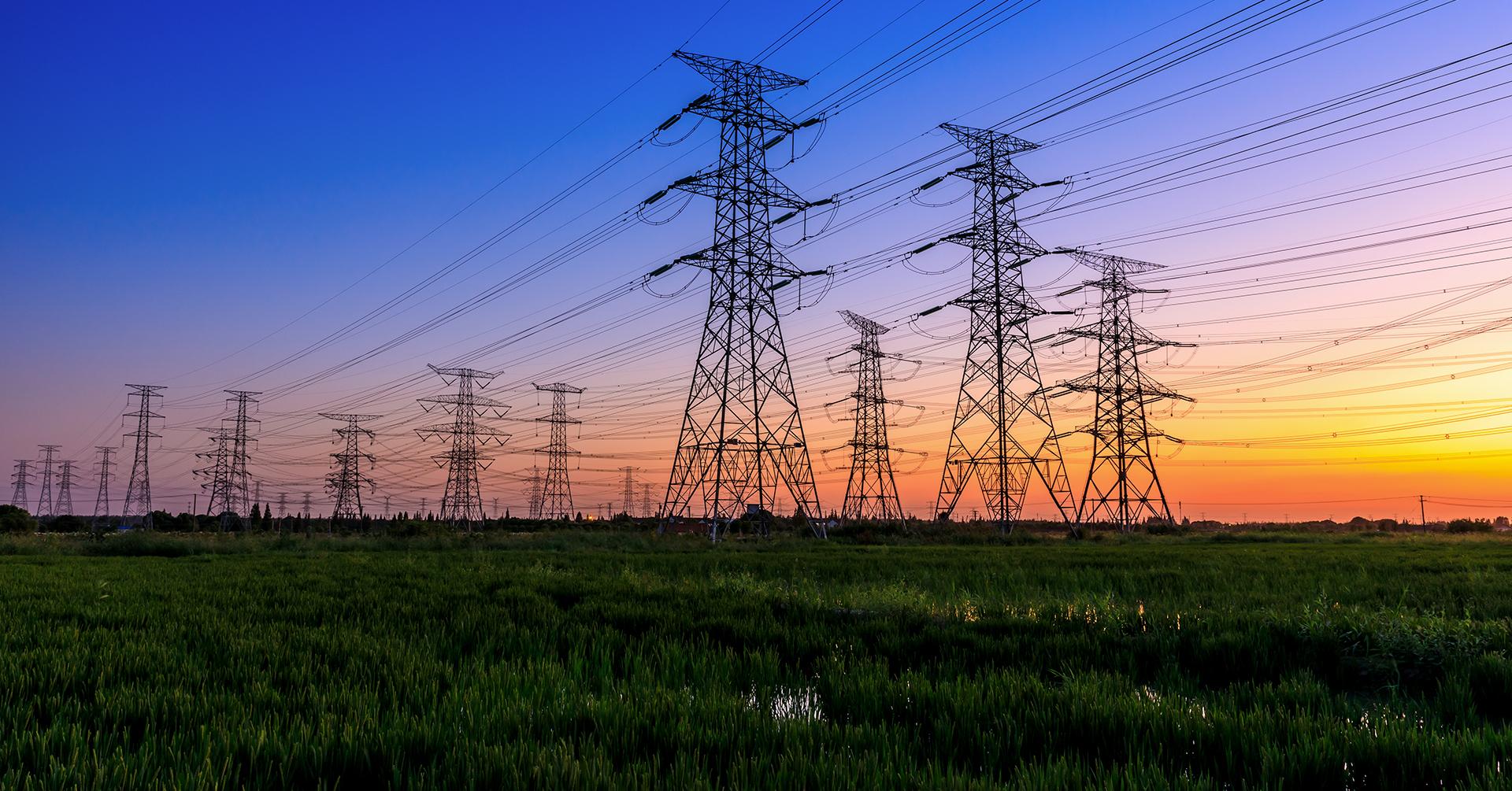ARTICLE
Achieving Net Zero by 2050: How We Can Get There

Recent climate change-linked events such as widespread wildfires, record high temperatures across the globe and the acceleration in the melting of the world’s ice sheets continue to inspire efforts to curb climate-harming emissions.
Most of the world’s largest economies have committed to achieving a net-zero carbon emissions balance by 2050, and progress has been made through innovation, investments, and incentives. The US, for example, has reduced CO2 emissions by approximately 40% over the past 20 years through efficiency improvements as well as transitioning generation from coal to natural gas and renewables.
There’s certainly still work to be done, and experts agree that it will take industry leaders thinking differently about our approach to energy infrastructure, storage, and financing to achieve success. The race to abide by the Paris Agreement’s 1.5 degrees Celsius mandate further underscores the urgency of the global challenge and the need to quicken the pace of innovation. Investing in clean energy innovation and increasing capacity of carbon-free and low-carbon technologies is just the start.
"As an industry, we’re in a remarkable position to drive decarbonization innovations, foster more strategic collaborations, and commercialize new solutions,"-Bill Newsom, President and CEO of Mitsubishi Power Americas.
A Fundamental Shift of Our Infrastructure
The IEA estimates that by 2050, existing global electricity networks need to grow by 80%.
To achieve this, our infrastructure needs a fundamental shift: a combination of new and repurposed technologies to support growing needs.
Electrification will be critical to support energy demand, production, and the transport system. This requires exceptional expansion of local electricity networks and large-scale transmission lines, as well as investments in managing existing grids more efficiently.
The need for expanded electrification will drive a higher demand for large-scale, reliable power generation systems and the fuel to power them.
Clean hydrogen will support this need and the rapid adoption of innovations in hard-to-abate industries such as steel, concrete, and long-haul transportation. By making hydrogen available to these hard-to-abate sectors, it enables adaptability which will in turn lower clean hydrogen costs and support demand.
Multiple Uses of Technology to Accelerate Solutions
Relying on a renewable energy-based power system made up mainly of photovoltaic power plants and wind turbines driven by the weather means ongoing intermittent issues that are not sustainable.
Creative storage solutions, especially hydrogen, bridge the troughs and peaks and provide a path forward.
“Hydrogen is a significant solution, because it can be both a zero-carbon fuel and long duration storage of renewable energy,” said Mitsubishi Power’s Newsom, discussing the company’s large-scale, flexible and responsive energy storage.
Case in point: Mitsubishi Power and Magnum Development, a Chevron New Energies Company, are jointly developing the Advanced Clean Energy Storage Project in Delta, Utah. This is a green hydrogen production and underground storage facility, which will produce, store, and deliver green hydrogen to the Western U.S. The technology will combine 220 MW of alkaline electrolysis with two salt caverns the size of the Empire State Building. By running electrolyzers on spare green electricity, the energy captured will be stored for days, weeks or even months, or transported onwards for direct use as a green fuel in industrial processes, power generation or transport.
The Advanced Clean Energy Storage project is an industry and utility-scale clean hydrogen hub – as well as one of the largest clean hydrogen hubs globally to reach financial close and is scheduled to begin operations in 2025.
This type of storage solution enables us to go beyond batteries and increases scale, improve costs and helps accelerate the path to success.

Increasing Global Capital Investments to Remove Cost Barriers
Energy companies are already investing substantially in cleantech innovation and in building green projects, but they can’t do it alone. Decarbonization efforts require global capital investment ranging from $4-6 trillion annually through 2050 from both public and private sources.
“Improving the access to capital for decarbonization efforts requires collaboration among various stakeholders to create the right investment environment, including public support as well as both equity and debt providers being willing to invest in new technologies’ implementation,” said Mitsubishi Power’s Newsom.
Fortunately, debt financiers have moved from watching on the sidelines, making bets and getting comfortable with new projects. In H1 ’2023, the first large-scale global hydrogen financing was announced with over $6 billion non-recourse financing provided by 23 regional and international banks and financial institutions for NEOM Green Hydrogen Company. Still, more confidence is needed to reach the levels of spending which the path to a net-zero world requires.
Public + private funding is indispensable in attracting investors into the cleantech space. The ACES Delta hydrogen project for example, received a $504.4 million loan guarantee from the U.S. government to support its continued development.
Further, government-led programs, such as the 2022 U.S. Inflation Reduction Act or the EU’s Green Deal Industrial Plan, have already demonstrated how large an impact public funding can have in encouraging the first movers and driving cost reductions to make technologies more accessible and viable.
How do we get there? Validation and Scale
Finally, but perhaps most importantly in the path to Net Zero is the ability to validate and scale existing technologies. The building blocks of the solutions for decarbonization are already in place. By creating and repurposing existing infrastructure and leveraging emerging technologies to support the transition, the energy industry will set an example of how to apply creative solutions to global decarbonization efforts.
We can’t improve our infrastructure without rigorous validation of these technologies and testing in real-world scenarios ensures success when commercialized. Validation at Mitsubishi Power’s Takasago Hydrogen Park is setting the bar for validation standards. This facility is the world’s first-ever center for the validation of hydrogen technologies. The importance placed on validation and testing supports the acceleration of decarbonizing power plants and ensures that these technologies can perform in real-world applications.
The path to Net Zero isn’t without its challenges. It will require global collaboration across industries to achieve these ambitious goals. The power industry will lead the way in this journey to support the electrification and decarbonization of the global economy.



